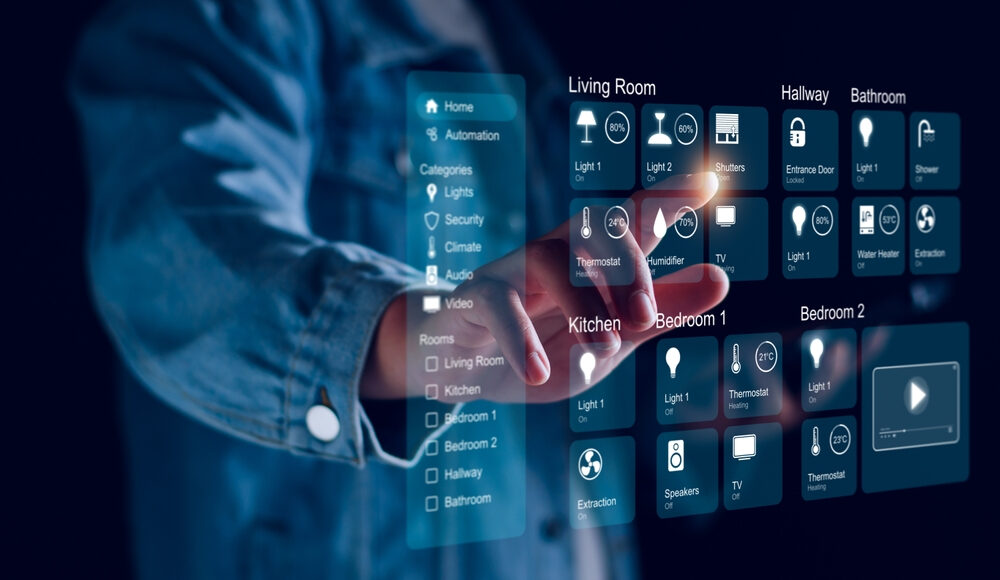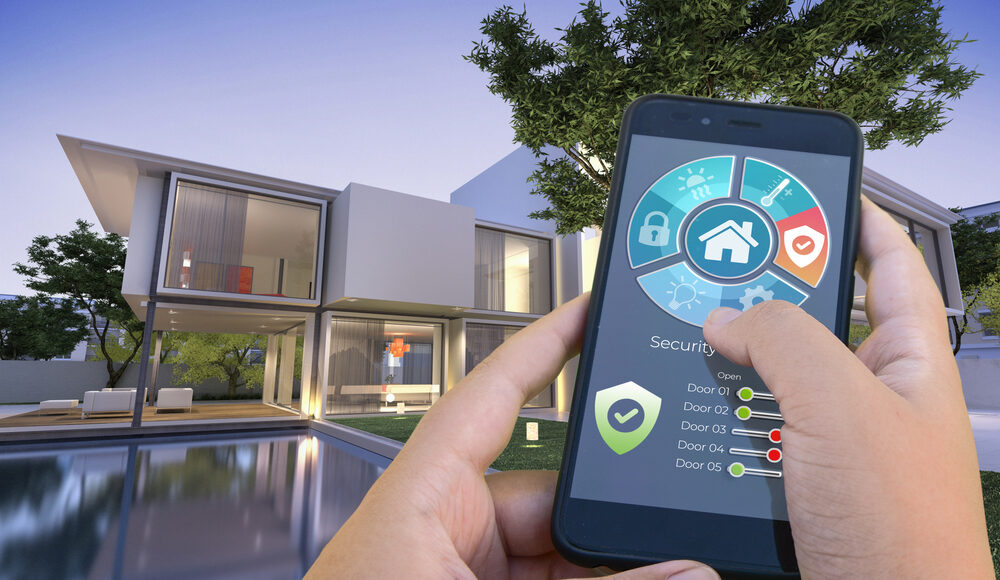Illuminating Elegance: Navigating the Future of Interior Design with Interactive Interiors’ Lighting Control Solutions
In the ever-evolving landscape of interior design, lighting plays a pivotal role in creating ambiance, enhancing aesthetics, and fostering a comfortable living or working environment. As we step into the future, the demand for sophisticated lighting control systems continues to rise. At the forefront of this revolution is Interactive Interiors, a company dedicated to transforming spaces through cutting-edge lighting control solutions. In this comprehensive guide, we explore the significance of lighting control and how Interactive Interiors is redefining the way we experience illumination in our homes and businesses.
Understanding Lighting Control:
Lighting control involves the management of artificial light sources to achieve specific objectives, such as setting the mood, conserving energy, and enhancing visual comfort. This can range from simple on/off switches to advanced systems that allow users to regulate the intensity, color, and direction of light. The key benefits of effective lighting control include:
- Energy Efficiency: Smart lighting systems enable efficient use of energy by adjusting light levels based on occupancy and natural light availability.
- Mood Enhancement: Lighting control allows for the creation of customizable lighting scenes, enhancing the ambiance and mood of a space to suit different activities and occasions.
- Aesthetics and Design: Precise control over lighting elements contributes to the overall design aesthetics, accentuating architectural features and decor.
- Convenience and Automation: Automation features simplify the user experience, allowing for the scheduling of lighting scenes and adapting to daily routines.
Interactive Interiors’ Innovative Lighting Control Solutions:
- Smart Lighting Ecosystem:
Interactive Interiors offers a comprehensive smart lighting ecosystem that seamlessly integrates with modern lifestyles. Their solutions include intelligent LED fixtures, wireless controls, and intuitive user interfaces to provide a holistic lighting experience.
- Customizable Lighting Scenes:
With Interactive Interiors, users can create personalized lighting scenes for different activities, such as reading, entertaining, or relaxing. The ability to adjust color temperature and brightness levels empowers individuals to tailor their environment to their preferences.
- Integration with Smart Home Systems:
Interactive Interiors’ lighting control solutions integrate effortlessly with popular smart home systems. This allows users to manage lighting alongside other connected devices, providing a cohesive and interconnected living experience.
- Occupancy and Daylight Sensors:
To enhance energy efficiency, Interactive Interiors incorporates occupancy and daylight sensors into their lighting control systems. These sensors automatically adjust lighting levels based on room occupancy and natural light conditions, minimizing energy consumption.
- User-Friendly Interfaces:
The intuitive interfaces provided by Interactive Interiors make controlling lighting a breeze. Whether through dedicated control panels, mobile apps, or voice commands, users can effortlessly manage their lighting environment with precision and ease.
- Scalability and Flexibility:
Interactive Interiors understands that each space is unique. Their lighting control solutions are scalable and flexible, catering to a variety of environments, from residential homes to commercial offices and hospitality venues.
The Impact on Interior Design:
- Architectural Enhancement:
Interactive Interiors’ lighting control solutions contribute to architectural enhancement by allowing designers to accentuate key features of a space. Whether it’s highlighting a statement wall or creating a focal point, precise lighting control becomes an integral part of the design process.
- Adaptable Design Aesthetics:
Lighting control empowers designers and homeowners to adapt the aesthetics of a space effortlessly. Dynamic lighting scenes can be created to suit different occasions, providing a versatile canvas for design expression.
- Wellness and Comfort:
Beyond aesthetics, lighting profoundly influences the well-being of occupants. Interactive Interiors’ emphasis on customizable lighting scenes contributes to creating environments that promote comfort, productivity, and overall wellness.
- Sustainability in Design:
As sustainability becomes a key consideration in design, Interactive Interiors’ energy-efficient lighting control solutions align with the growing demand for eco-friendly and energy-conscious design practices.
Conclusion:
Interactive Interiors is not just transforming the way we illuminate spaces; they are shaping the future of interior design itself. Through their innovative lighting control solutions, the company is elevating the standards of aesthetics, functionality, and sustainability in both residential and commercial settings.
As we continue to embrace the era of smart living, Interactive Interiors stands as a beacon of creativity and efficiency. Their commitment to providing intelligent lighting solutions is not merely about illuminating spaces; it’s about crafting experiences, enhancing well-being, and embracing a future where every room is a canvas waiting to be painted with the perfect light. Illuminate your world with Interactive Interiors and embark on a journey where lighting transcends the ordinary, leaving an indelible mark on the way we live, work, and experience our surroundings.





